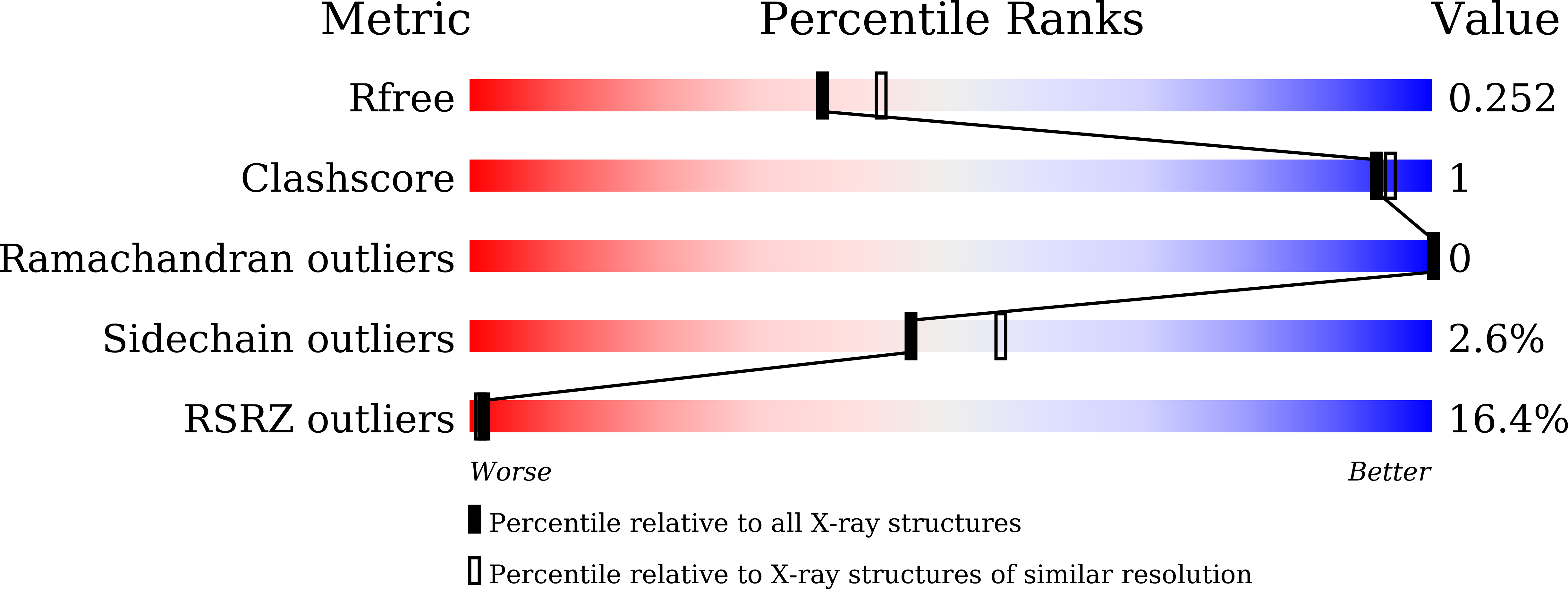
Deposition Date
2023-04-03
Release Date
2024-02-07
Last Version Date
2024-03-13
Entry Detail
Biological Source:
Source Organism:
Pseudomonas phage PaP2 (Taxon ID: 270673)
Host Organism:
Method Details:
Experimental Method:
Resolution:
2.26 Å
R-Value Free:
0.25
R-Value Work:
0.21
R-Value Observed:
0.21
Space Group:
P 3 2 1


